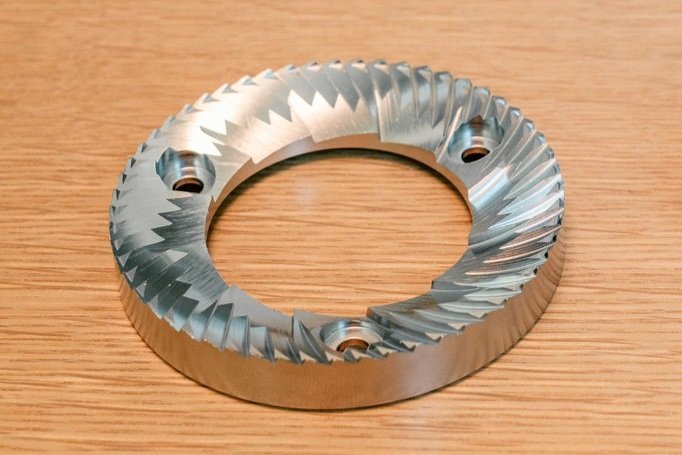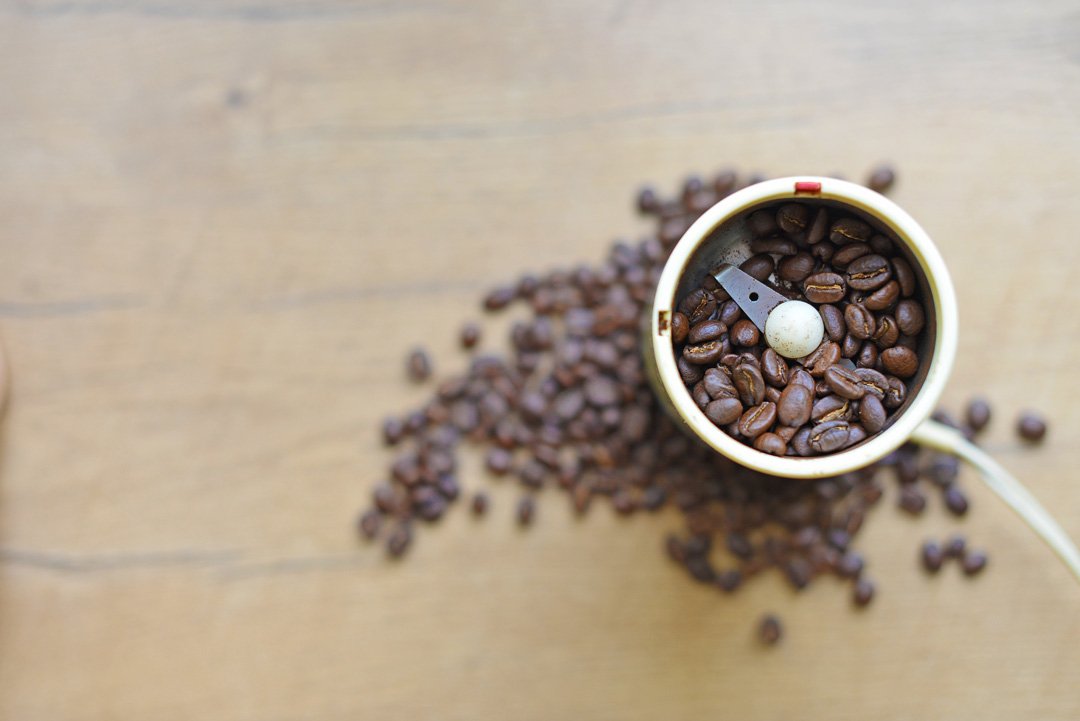Burr Grinder vs. Blade Grinder: What’s The Difference?
If you are someone who drinks a lot of coffee and enjoys the nuances that quality coffee offers, then you most likely understand that a quality grinder makes a huge difference in your coffee extraction. However, do you understand the difference between the types of grinders and how it affects the flavor of your coffee? If not, don’t worry. Here, we’ve provided a brief overview to help provide some insight and hopefully help you brew a better cup next time!
When looking at different types of grinders, there are two types that are readily available on the market: burr grinders and blade grinders. The burr grinders are fitted with two abrasive surfaces that grind coffee while the blade grinder uses a propeller-like blade. Each has its positives and negatives that you will want to consider when deciding on a grinder or upgrading.
Burr Grinder
Most coffee professionals will concur that a burr grinder is far superior to a blade grinder. The reason is mainly because of grind consistency. When the coffee is ground more in uniform, coffee beverages will extract more evenly and provide a better balance. Less over- and under-extraction are taking place. Now with that being said, there are two types of burr grinders to consider: flat and conical.
What are the different types of burr grinders?
Flat Burr Grinder
The flat burr is comprised of two circular-shaped surfaces with sharp edges. The sharp edges face each other and one surface moves while the other is still. This design allows the coffee to grind more uniformly and typically has a larger footprint.
Conical Burr Grinder
The conical burr grinder uses a cone-shaped center burr with an outer serrated burr that grinds efficiently and quickly. The downside to this type of burr grinder is that even though better than the blade grinder, the coffee grounds are not as uniform compared to the flat burr grinder. The flat burr grinder is considered to be more energy-efficient and produces less heat resistance.
Blade Grinder
The blade grinder is a common grinder that can be easily found at the local grocery store. It is far cheaper and typically easier to use than a burr grinder. It operates similarly to a blender or food processor with the blade in the middle of the compartment. The grinder can be very quick and normally has a smaller footprint. The downside to this type of grinder is the uneven grinding of the coffee beans. This uneven uniformity will result in a cup that can be all over the place: bitter, muddle, astringent, and even muted. The reason being is the grind particle distribution will be wide and thus extract unevenly. In other words, the smaller grounds will over-extract and the large coarse grounds will under extract, which will brew a beverage that has a lot of “peaks” and one that is far from balanced.
In addition, the blade grinder has limited use. One would not use this type of grinder for espresso or pour-over. The blade grinder is really only capable of being used for drip coffee or a full immersion method like French Press, Tricolate, or Clever. Although, not the best for even extraction, capable.
Conclusion
Grinders can make a world of difference in coffee extraction and thus help or diminish the final brewed beverage in your cup. Taking into consideration the type of grinder has many factors like price, space, footprint, and main type of brewed method. The burr grinder is the option to consider if you are serious about your coffee’s flavor, which means that consistency is important to you. You can really spend quite a bit of money on burr grinders and some prefer to have one for espresso and a different one for pour-over/drip coffee. It’s difficult to find one that excels in both types of brew methods. Ones that do well on both, are very expensive and typically take up a lot of counter space. So the bottom line is to start with the grinder that suits your needs and upgrade as you deem necessary. The important thing is to understand the role the grinder can play in flavor extraction.



